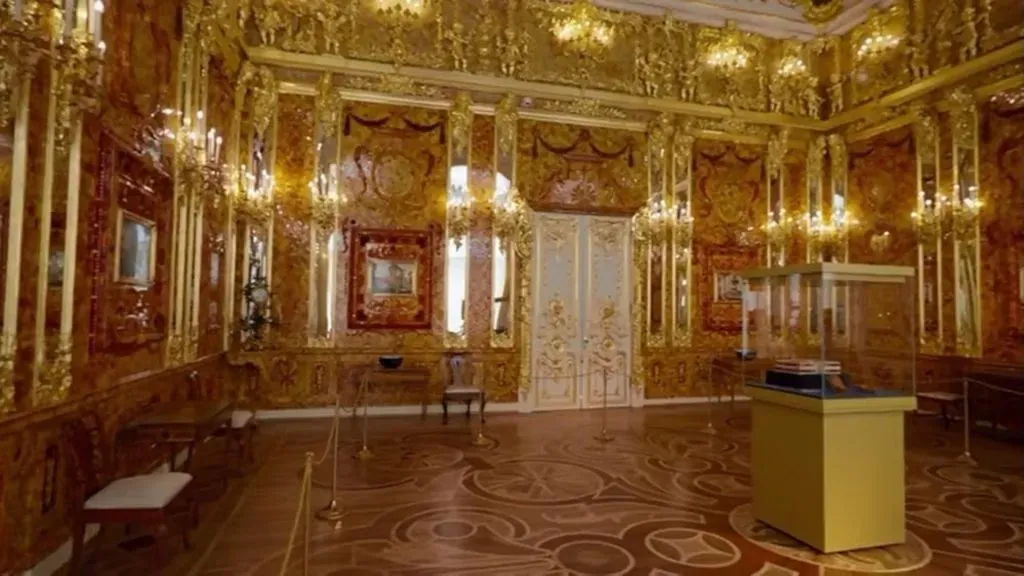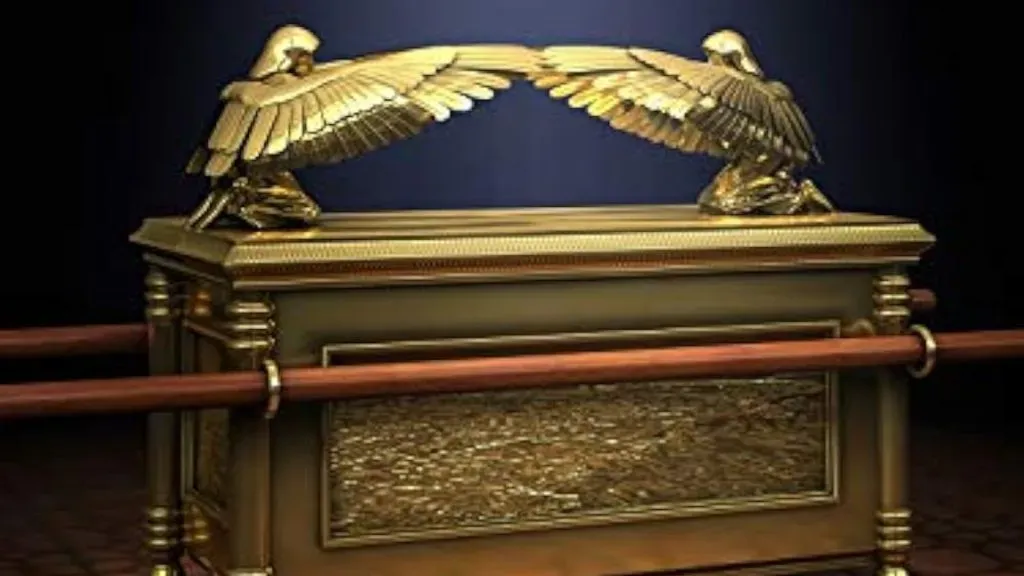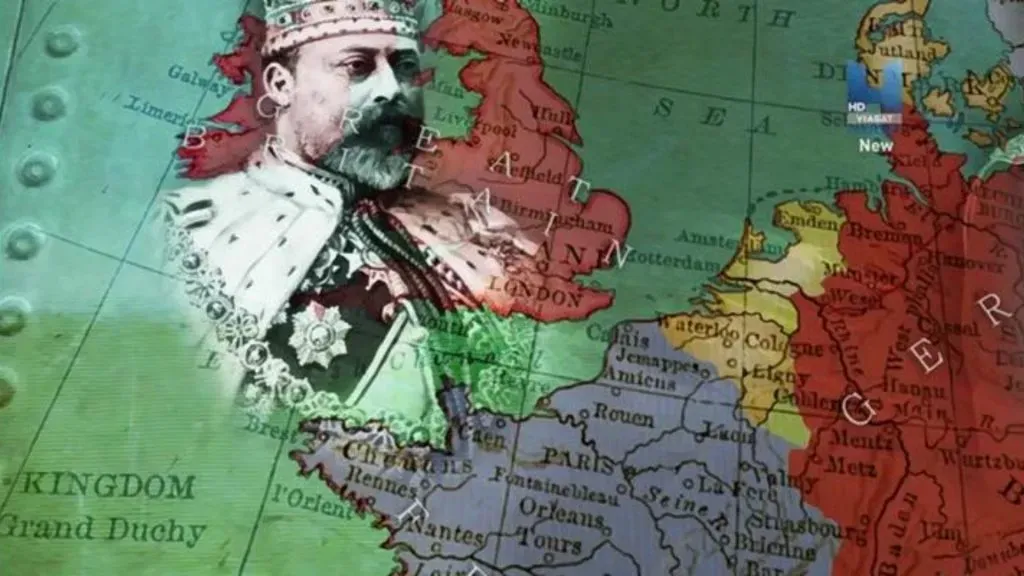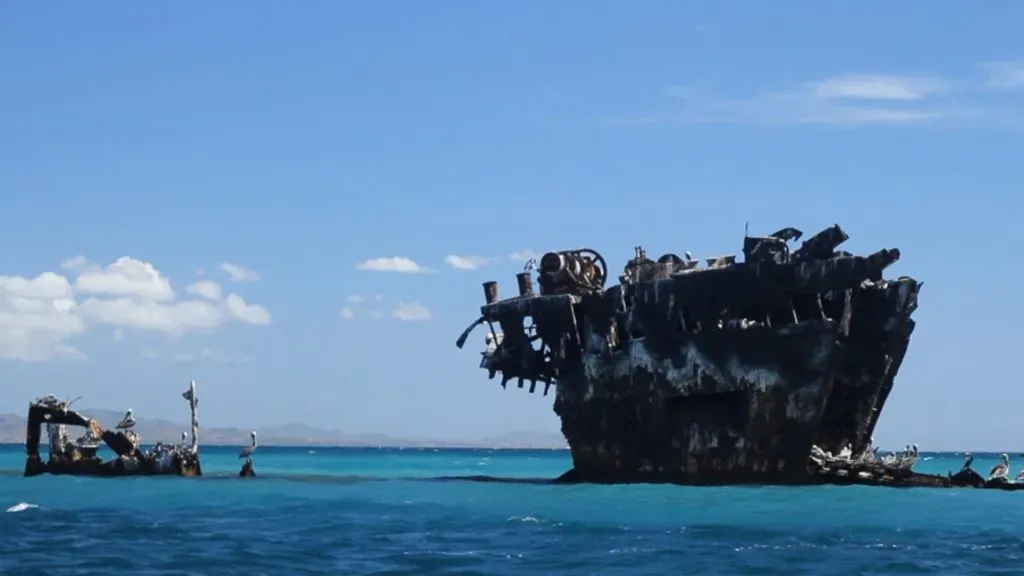Throughout history, objects have vanished under mysterious circumstances, leaving behind stories that blur the line between fact and legend. From priceless artworks to ancient relics, these lost treasures capture imagination.
Some disappearances have sparked relentless searches, fueling myths and inspiring explorers, historians, and treasure hunters alike. Each missing item carries a tale of intrigue, ambition, or misfortune, a reminder that the past still holds secrets waiting to resurface.
While some losses remain unsolved, their allure endures. These famous vanished objects serve as portals into mystery and human curiosity, proving that even absence can leave an indelible mark on culture and memory.
The Holy Grail

(Source: IMDb)
Perhaps the most famous missing relic in Western civilization, the Grail is the cup allegedly used by Jesus at the Last Supper and later used to collect his blood at the crucifixion. Its history is rooted in Arthurian myth and religious folklore rather than verifiable history, but the promise of finding such a spiritual object of infinite power continues to drive religious quests and archaeological searches across Europe.
The Amber Room

(Source: IMDb)
Often dubbed the “Eighth Wonder of the World,” this opulent chamber was constructed for Russian Tsars with walls paneled in six tons of amber, gold leaf, and intricate mosaics. The room was meticulously dismantled and looted by Nazi forces in 1941 and shipped to Königsberg Castle, where it was last seen in 1945. Its fate—whether it was destroyed in Allied bombings or hidden in a complex network of bunkers or a sunken ship—remains the greatest unsolved art mystery of World War II.
The Ark of the Covenant

(Source: IMDb)
Considered the most sacred artifact in Judeo-Christian history, the Ark is a gold-cased chest believed to contain the stone tablets bearing the Ten Commandments. The Ark was kept in the Temple of Jerusalem until 586 BCE, when it vanished following the Babylonian siege. Its disappearance launched centuries of theories and quests, with popular locations ranging from Ethiopia to various hidden chambers beneath Jerusalem.
The Treasure of Lima
This haul represents one of the largest missing pirate hoards in history, rumored to be worth billions and includes a life-size, solid-gold statue of the Virgin Mary encrusted with jewels. In 1820, the Spanish Viceroy of Lima entrusted a British sea captain, William Thompson, to transport the treasure to safety, but Thompson and his crew mutinied, buried the loot on Cocos Island, and escaped before revealing the location.
The Sword of Goujian
This ancient Chinese sword, made around 500 BCE, is an object of great archaeological value due to its unbelievable preservation: it was found in 1965 without a single speck of rust. Though it was found, many experts believe a more spectacular, companion artifact remains missing, and the search continues for the legendary treasure cache that must have surrounded such a remarkable blade.
Caravaggio’s Nativity with St. Francis and St. Lawrence
This masterful oil painting by Michelangelo Merisi da Caravaggio was stolen from the Oratory of San Lorenzo in Palermo, Sicily, in 1969. The theft is widely believed to have been carried out by the Sicilian Mafia, who may have destroyed the painting or may be holding it for ransom or sale. It remains one of the FBI’s top ten art crimes, representing the loss of a singular piece of Renaissance genius.
The San Miguel Gold
The San Miguel was a key ship in the doomed 1715 Spanish Treasure Fleet, believed to be carrying one of the richest individual hauls of gold and silver when it sank off the Florida coast. While most of the fleet’s wrecks have been located, the San Miguel’s treasure remains missing beneath the waves, its legendary cargo representing the quintessential buried pirate treasure for modern salvagers.
The Irish Crown Jewels

(Source: IMDb)
These jewels—a star and badge of the Order of St. Patrick encrusted with gold and hundreds of precious stones—were not strictly “Crown” jewels, but highly valuable ceremonial regalia. They were stolen in a sensational 1907 heist from a safe in Dublin Castle just days before a royal visit. The sheer audacity of the theft and the fact that the priceless jewels simply vanished without trace keeps the mystery alive.
The Lost Dutchman Mine

(Source: IMDb)
The most famous lost gold mine in American history allegedly rests somewhere within the rugged Superstition Mountains of Arizona. The mine’s location was supposedly revealed by German immigrant Jacob “The Dutchman” Waltz on his deathbed in the 1890s. The immense fortune of the purported gold vein continues to draw countless, often ill-fated, treasure hunters into the treacherous terrain, making it a modern myth of Western greed and obsession.
The Flor de la Mar Treasure

(Source: IMDb)
The Flor de la Mar was a Portuguese nao returning from the conquest of Malacca in 1511, allegedly laden with the most massive treasure ever amassed by the Portuguese navy—including vast quantities of gold, silver, jewels, and loot. The ship sank in a storm off the coast of Sumatra, and its tremendous wealth has never been recovered, solidifying its place as one of the legendary sunken treasures of the Age of Discovery.





